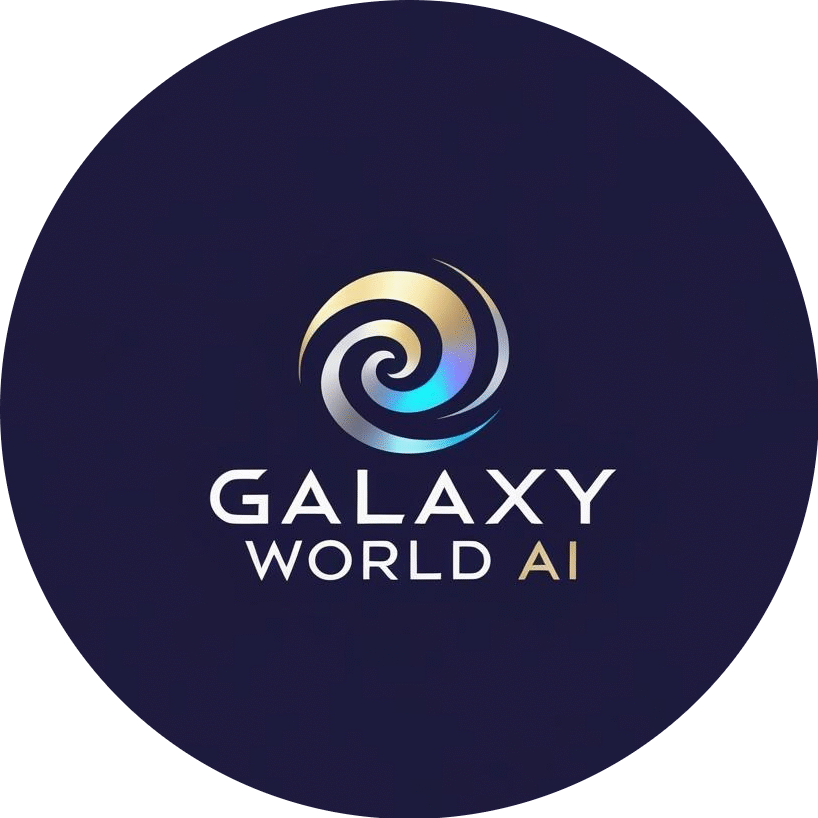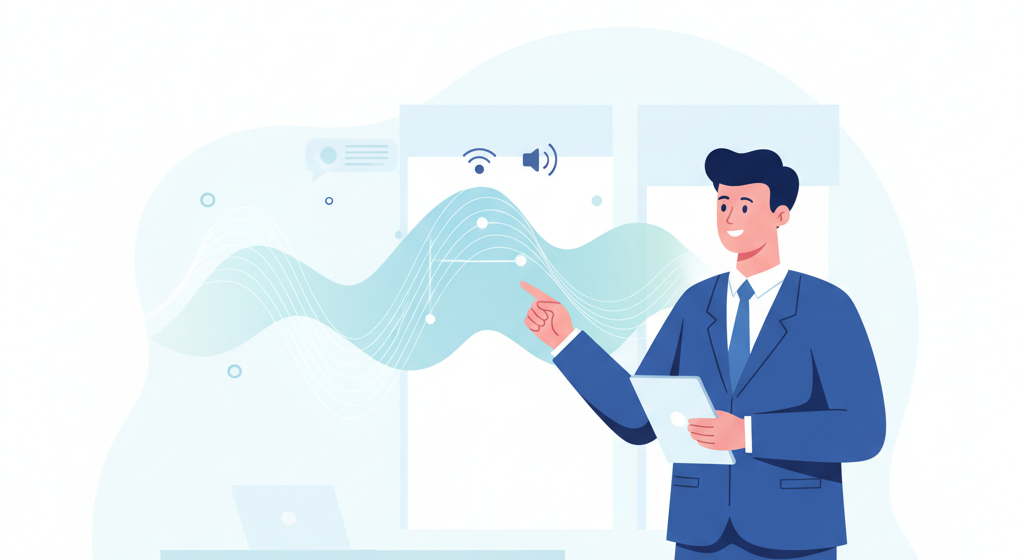We’ve all been there: stuck in an endless loop with a clunky chatbot or robotic IVR system. You press “1 for billing,” repeat your order number three times, and still end up shouting “representative!” into the phone. Frustration builds, time is wasted, and the brand you’re dealing with takes a reputational hit. This is the old way of doing customer service automation — mechanical, rigid, and painfully impersonal.
Now, something new is emerging. Enter POLY AI — not just another chatbot, but a paradigm shift in how machines and humans talk to each other. Instead of scripted menus and keyword triggers, POLY AI is built to converse. To understand. To respond as naturally as a skilled human agent. It’s more than an upgrade; it’s the reinvention of automated customer service.
The Magic Sauce: What Makes POLY AI Different?
So what’s under the hood that sets it apart?
First, POLY AI is voice-first, not text retrofitted. While most legacy systems start with text interfaces and later tack on voice as an afterthought, POLY AI was designed for the spoken word. It captures tone, cadence, and intent — the subtle layers that make human communication so complex. Talking to it feels less like dictating commands and more like having a conversation.
Second, there’s contextual understanding. Traditional bots treat each query as a blank slate — forgetting what you said two minutes ago. POLY AI remembers. It carries the thread of a conversation forward, understands interruptions, and doesn’t make you repeat your information. Imagine explaining a problem once and getting it solved, without being passed from bot to bot.
And then comes the real differentiator: multi-turn dialogue. This isn’t a one-and-done Q&A. POLY AI can navigate branching conversations, adapt midstream, and handle complex requests in a single session. Need to change your flight, update your payment method, and ask about baggage policy in one call? It can manage that gracefully.
The Real-World Impact: Why This Matters
For customers, the benefit is obvious: no more robotic loops, no more wasted time. Instead, faster resolutions, genuine empathy, and 24/7 availability. It feels like service, not like solving a puzzle.
For businesses, the implications are huge. POLY AI can cut down call center volumes dramatically, lowering operational costs while boosting customer satisfaction scores. Every conversation also becomes a source of insight — patterns in customer needs, recurring pain points, and even predictive signals for churn. Companies can finally listen at scale, with AI capturing the nuance humans would miss in endless call logs.
The result? Happier customers, leaner operations, and a stronger brand reputation. That’s not hype. That’s measurable transformation.
Looking Ahead: The Human-AI Partnership
Now, here’s the crucial part: POLY AI isn’t here to replace humans. It’s here to free them. Think of it as a skilled assistant that handles the repetitive, predictable queries so that human agents can focus on the issues that really require judgment, empathy, and creative problem-solving.
Lost luggage? POLY AI can track it down instantly. A distraught customer calling after a flight cancellation on their wedding day? That’s where a human agent’s compassion and flexibility shine. The future isn’t about AI versus humans — it’s about AI enabling humans to do what they do best.
The Final Word
Customer experience is becoming the ultimate competitive battleground. With POLY AI, companies have a chance to move past robotic scripts and towards genuine conversation at scale.
So the real question is this: In a world where customer experience can make or break loyalty, can you afford to keep annoying your customers with outdated automation?




